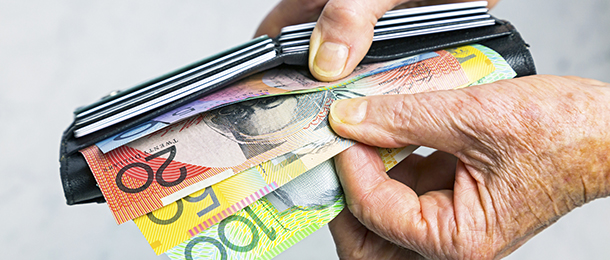The cost of living for retirees rose marginally over the first quarter of the year, with the outcome not unexpected as certain price increases returned to a standard pattern, according to the Association of Superannuation Funds of Australia (ASFA).
In its “Retirement Standard” report for the March quarter, the superannuation industry peak body noted couples aged around 65 needed to spend $62,828 a year to maintain a comfortable retirement standard, while that figure was $44,412 for singles, with both numbers up by only 0.4 per cent on the previous quarter.
The increase was smaller for those aged around 85 at only 0.1 per cent to $58,930 for couples and $42,470 for singles, with ASFA stating it did not include petrol prices – which rose by 8.7 per cent in the March quarter – in cost considerations for this cohort of retirees.
ASFA deputy chief executive Glen McCrea said: “We saw a return to more normal conditions in the March quarter. In the previous few quarters there were suspensions or delays in certain price increases, but now price increases are returning to a more standard pattern.
“There was an around 0.5 per cent increase in the price of meals out and takeaway foods, in part due to demand pressures as more consumers were able to dine away from home.”
ASFA said despite the marginal increase, there were shifts in how retirees were spending their money compared to the March quarter 2019 as a result of many of them being unable to travel overseas.
The association said money spent on travel had instead been used to purchase furniture and appliances and to carry out home improvements, and also for eating out and domestic holidays following the reopening of entertainment venues and state borders.
The other significant cost was health insurance premiums, which while remaining static for much of the past year, had increased by 3 per cent from 1 October 2020, affecting the 2.2 million Australians aged over 65 who hold private health insurance.




